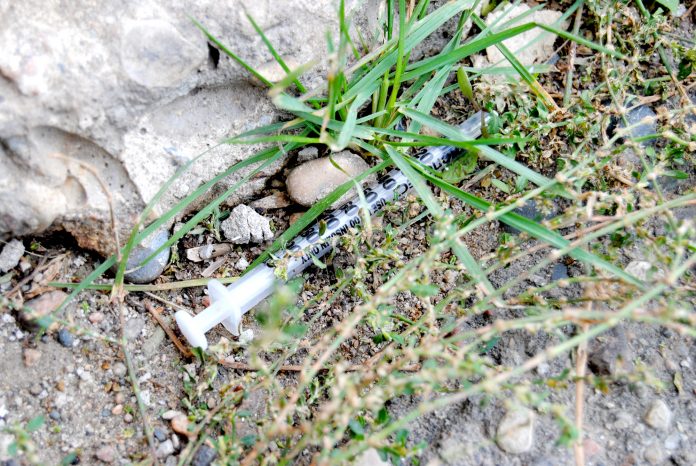The federal government announced new measures Monday aimed at reducing barriers to those seeking treatment for opioid addiction, as well as emergency funding to tackle the opioid crisis.
According to a press release, projects indicate over 4,000 people will have lost their lives due to the opioid epidemic in 2017 alone.
Monday, the Health Minister formally announced a number of initiatives, including regulatory amendments. Those amendments were published last Wednesday. The amendments will allow health care practitioners to prescribe and administer methadone without applying for an exemption from federal law. They will also amend regulations so people can access diacetylmorphine (prescription heroin) outside a hospital setting, such as at a substance use disorder clinic. According to background information attached to the press release, requiring people to go to a hospital several times per day can interfere with their ability to carry on with everyday activities such as having a job.
Under Canadian law, doctors can prescribe diacetylmorphine to those with a severe opioid addiction who have not responded to other treatments. They can be accessed by doctors through Health Canada’s Special Access Program for “emergency access to drugs for patients with serious or life-threatening conditions when conventional treatments have failed, are unsuitable or unavailable.”
According to a 2016 CNN article about the use of prescription heroin, it can only be prescribed to patients under supervision in specialized circumstances.
“Health Canada has heard from stakeholders that any barriers to accessing treatment can deter patients and doctors from using them,” the agency said in a news release.
“This is why Health Canada is removing federal barriers to methadone and diacetylmorphine.
Monday’s announcement also included millions in funding for projects both through the Canadian Institutes of Health Research (CIHR) and other programs.
A total of $18 million will be dedicated to six CIHR projects, which will explore drug checking in supervised consumption sites, opioid use in pan management, the development of guidance materials for prevention and treatment of opioid use disorder, and a loot at how opioid-related treatment can better address the needs of women.
The drug-checking pilot projects will be located in Vancouver, Surrey and Nelson B.C., as well as in three supervised consumption sites in Toronto.
Other funding includes $231.4 million originally proposed in the budget to improve access to treatment, address stigma and gather more data to help address the opioid crisis. That funding includes:
- $150 million in emergency funding for provinces and territories to increase access to evidence-based treatment;
- $13.5 million towards innovative approaches to treatment and prevention through Health Canada’s Substance Use and Addictions Program;
- $18.7 million over five years to address stigma faced by people who use drugs, including launching a new national, multi-year public education campaign to help reshape Canadians’ attitudes and perceptions about people who use drugs;
- $31.6 million to equip border officers with tools to intercept fentanyl and other dangerous substances at the border; and
- $17.9 million to expand the evidence base to inform and evaluate our response to the opioid crisis, including accelerating access to public health data and analysis.
According to the press release, the regulatory changes for methadone were shaped by a report done by the Canadian Research Initiative in Substance Misuse.
“We should not judge people with substance use problems but instead make sure they are getting the help they need, when they want it,” Taylor was quoted as saying.
“The changes we announce today will allow health care practitioners to prescribe and administer methadone treatment without needing to apply for an exemption. The new funding proposed in Budget 2018 will also help us improve treatment, reduce stigma and gather more data to reverse the heartbreaking trend of opioid-related deaths in Canada.”


